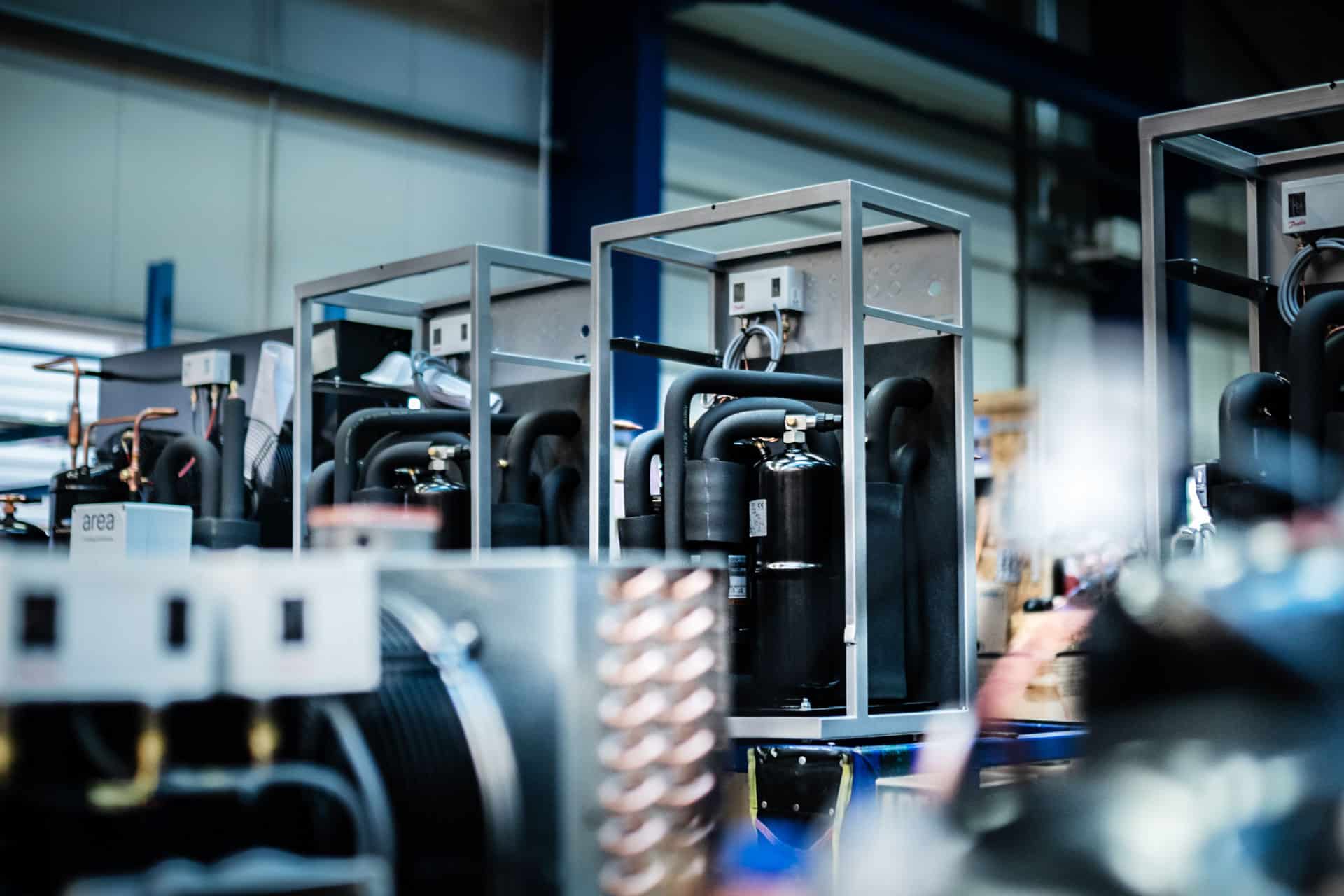Industrial air compression systems are essential for a variety of processes and applications in a variety of industries. The Variable Speed Drive (VSD) Screw Compressor is one of the noteworthy developments in this area. The principles of screw compressors, the distinctive characteristics of VSD technology, and the necessity of effective air compression in industrial settings will all be covered in this essay. So, let's go now and explore the world of screw compressors and the transformative impact of VSD technology in industrial air compression.
Overview of Screw Compressors
Screw compressors are well known for producing compressed air with dependability and efficiency. Screw compressors use rotors to continually create compressed air in contrast to reciprocating compressors, which compress air using pistons. This layout guarantees improved reliability, decreased vibration, and smoother performance. The fundamental operation of a screw compressor comprises two rotors turning in opposition to one another inside of a housing. These rotors are typically helical in shape. The air is compressed and released via the outlet as the rotors intermesh. Screw compressors can now offer a consistent and continuous flow of compressed air thanks to this design, making them suited for demanding industrial applications.
Benefits of VSD Screw Compressors
Implementing VSD technology in screw compressors provides several advantages for industrial applications.
Energy Efficiency
Compared to its fixed-speed rivals, VSD screw compressors offer significant energy savings. VSD systems avoid the requirement for energy-intensive load/unload cycling and minimize energy losses during off-peak hours by matching the compressor's output to the necessary air demand.
Reduced Maintenance and Downtime
Compared to fixed-speed variants, VSD screw compressors require less upkeep. VSD technology decreases the frequency of maintenance interventions and lengthens service intervals by optimizing the compressor's workload and minimizing pressure on components.
Enhanced Reliability and Durability
The dynamic control offered by VSD technology results in less deterioration of the compressor's internal parts. The ability to start and stop smoothly without jarring surges or spikes guarantees a longer equipment lifespan. Additionally, VSD systems reduce the possibility of extreme pressure changes, improving system stability and dependability.
Noise Reduction and Environmental Benefits
Compared to fixed-speed compressors, VSD screw compressors work with less noise. VSD systems help to create a safer and more comfortable working environment for operators by decreasing noise pollution. VSD technology's energy efficiency decreases, making it a more environmentally friendly alternative.
Introduction to VSD Technology
The fundamental development that has significantly increased the effectiveness and energy consumption of screw compressors is variable speed drive (VSD) technology. Compressors can vary their rotating speed using VSD systems to match the demand for compressed air, maximizing energy efficiency and minimizing waste. An intelligent control mechanism that keeps track of air pressure and flow rates is at the core of a VSD system. The VSD drive guarantees that the compressor runs at its most effective level by automatically altering the motor speed and matching the compressed air output to the actual requirements of the system. Significant energy savings are provided by this dynamic control capacity, particularly in the circumstances with fluctuating demand or during periods of low consumption.


